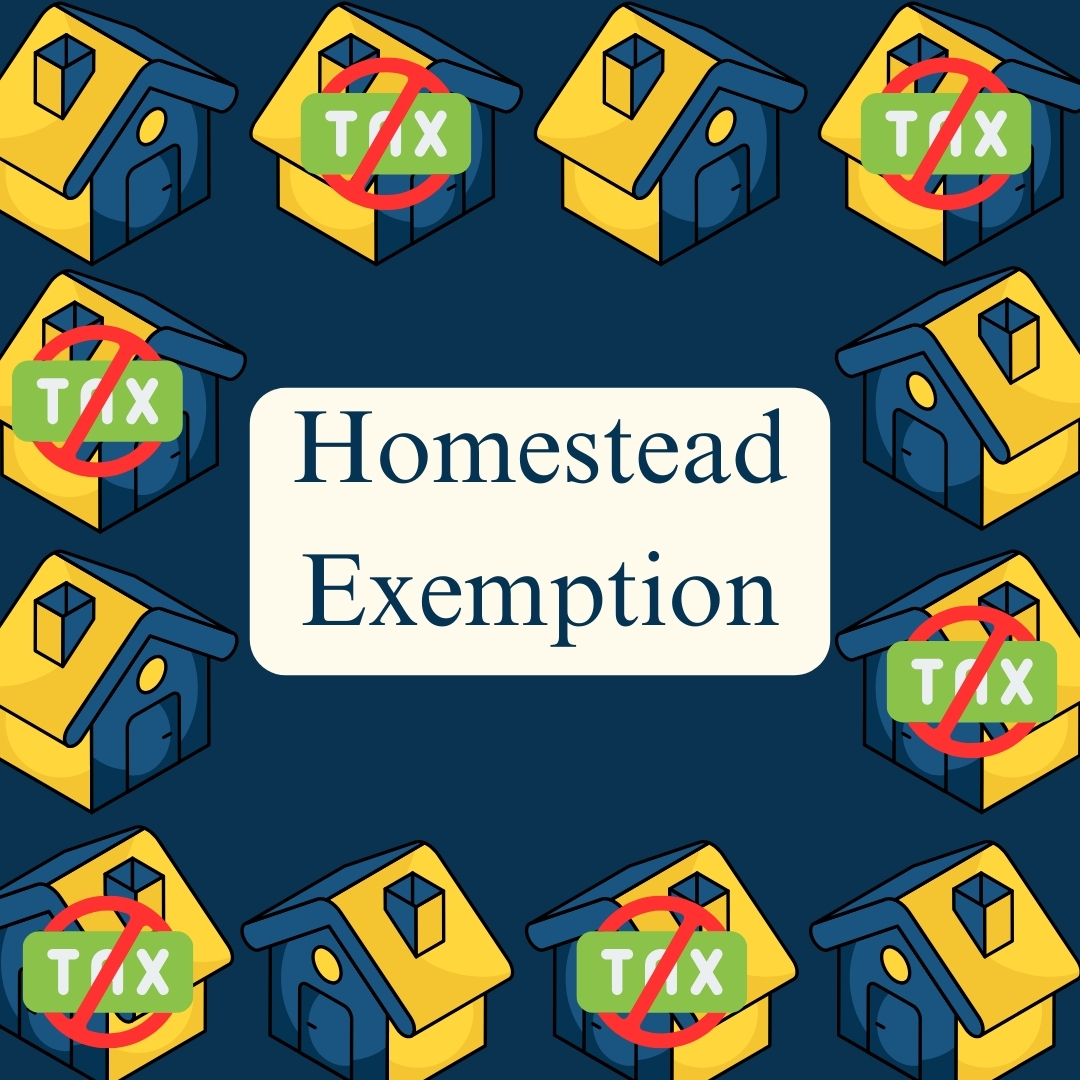
The Homestead Exemption is a tax relief measure that allows homeowners to reduce the taxable value of their primary residence, thereby lowering their property taxes. This exemption is a valuable benefit for homeowners across the United States. In this article, we will explore the details of the Homestead Exemption, including eligibility requirements, application processes, and available exemptions.
Eligibility for the Homestead Exemption
To qualify for the Homestead Exemption, a homeowner must meet the following criteria:
- The home must be the owner’s principal residence.
- The owner must be an individual, not a corporation or business entity.
- The owner must use the home as their primary residence on January 1 of the tax year.
Types of Homestead Exemptions
There are several types of Homestead Exemptions available, including:
- School taxes: All residence homestead owners are allowed a residence homestead exemption from their home’s value for school taxes.
- County taxes: If a county collects a special tax for farm-to-market roads or flood control, a residence homestead is allowed to receive a $3,000 exemption for this tax.
- Age 65 or older and disabled exemptions: Individuals age 65 or older or disabled residence homestead owners qualify for an additional $10,000 residence homestead exemption for school taxes.
- Optional percentage exemptions: Any taxing unit, including a city, county, school, or special district, may offer an exemption of up to 20 percent of a home’s value.
- Optional age 65 or older or disabled exemptions: Any taxing unit may offer an additional exemption amount of at least $3,000 for taxpayers age 65 or older and/or disabled.
Application Process
To apply for a general residence homestead exemption, homeowners must submit an Application for Residential Homestead Exemption and supporting documentation with the appraisal district where the property is located. The completed application and required documentation are due no later than April 30 of the tax year for which the homeowner is applying.
Temporary Absence
If a homeowner temporarily moves away from their home, they may continue to receive the exemption if they do not establish a principal residence elsewhere, they intend to return to the home, and they are away less than two years. Homeowners may continue to receive the exemption if they do not occupy the residence for more than two years only if they are in military service serving inside or outside of the United States or live in a facility providing services related to health, infirmity, or aging.
Multiple Owners
If a home has multiple owners, the Homestead Exemption may still apply. If a married couple qualifies their property for the exemption, the spouses are treated as community property owners with 100 percent ownership for each spouse. If a homeowner inherited property, they may be eligible as an heir property owner to be considered the sole owner for the exemption. If a homeowner has partial ownership but is not married or did not inherit property, the exemption amount is based on the interest they own.
Conclusion
The Homestead Exemption is a valuable tax relief measure for homeowners. By understanding the eligibility requirements and application processes, homeowners can take advantage of this exemption to reduce their property taxes. It is essential to consult with the local appraisal district for more information regarding eligibility and specific exemptions available in your area.
Disclaimer: The information provided above is not meant to be legal or tax advise. You should consult your CPA and attorney to determine the best course of action for your situation.
Mitzi E. Sullivan, CPA is a cloud based professional services provider
specializing in cloud accounting.